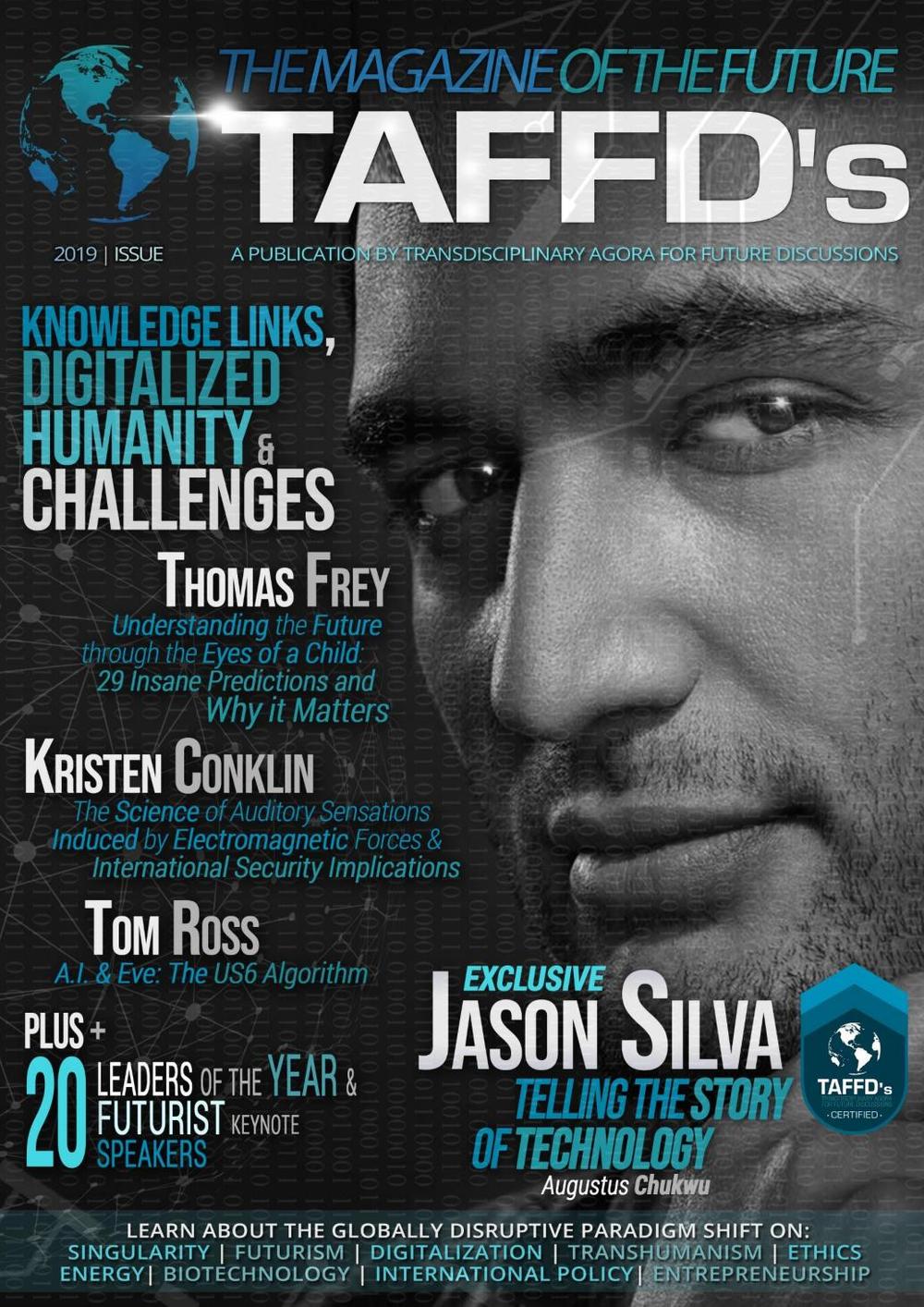
A molecular switch has been identified by scientists at the University of California that controls the immune machinery which is responsible for chronic inflammation within the body; findings published in the journal Cell Metabolism may lead to new ways to halt and/or reverse age related conditions such as cancer, diabetes, Alzheimer’s and Parkinson’s disease.
“My lab is very interested in understanding the reversibility of aging,” said senior author Danica Chen, associate professor of metabolic biology, nutritional sciences and toxicology at UC Berkeley. “In the past, we showed that aged stem cells can be rejuvenated. Now, we are asking: to what extent can aging be reversed? And we are doing that by looking at physiological conditions, like inflammation and insulin resistance, that have been associated with aging-related degeneration and diseases.”
A bulky collection of NLRP3 inflammasome immune proteins which are responsible for sensing potential threats to the body and launching an inflammatory response were shown to be essentially switched off by removing some molecular matter in a deacetylation process. Overactivation of NLRP3 inflammasomes is linked to a range of chronic conditions such as cancer, dementia, diabetes, and multiple sclerosis; this study suggests that drugs targeted towards deacetylation these NLRP3 inflammasomes may help to prevent and/or treat many age related conditions and even possibly age related degeneration itself in general.

















